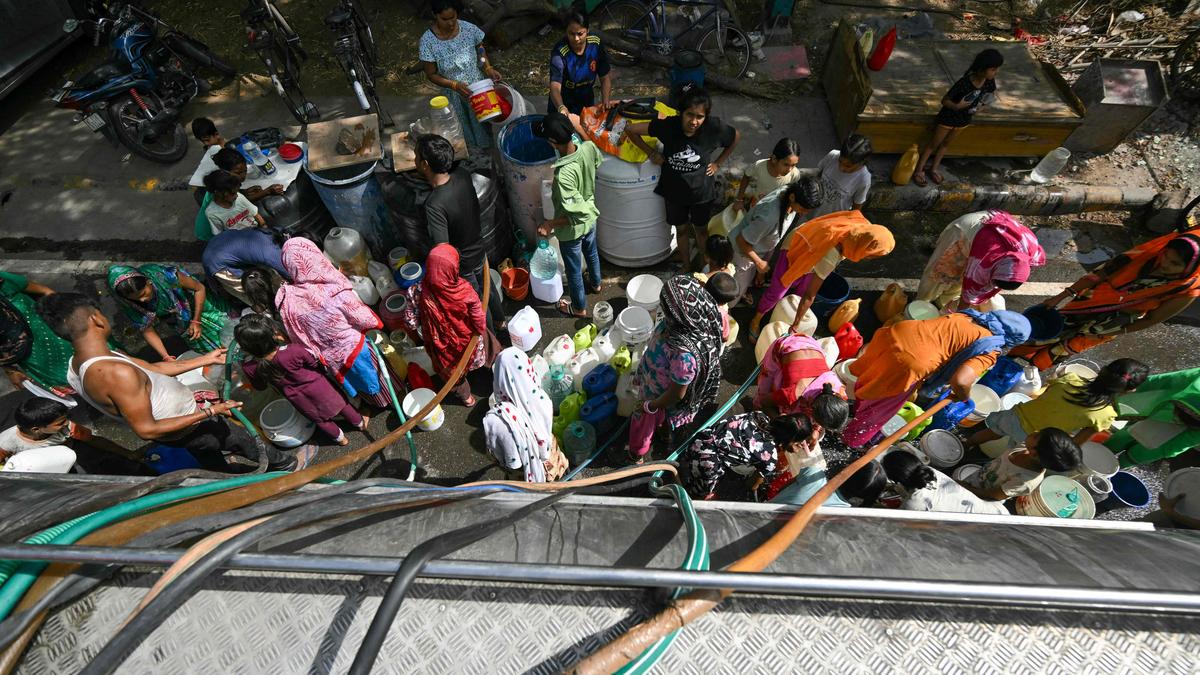
Why is north and central India facing a severe heatwave? | Explained Premium
The Hindu
Heatwave Crisis: A study published in May 2024 found that urbanisation alone has led to an overall 60% enhancement in warming in Indian cities.
The story so far: At least five people in Bihar’s Aurangabad city reportedly died on Thursday due to a sunstroke, news agency Reuters reported. Parts of north and central India continued to reel under a severe heatwave on Thursday, even as the India Meteorological Department (IMD) predicted a gradual fall in temperature over the next five days. On Wednesday, an automatic weather station in Delhi recorded a maximum temperature of 52.9 degrees Celsius, the highest temperature on record in the capital. The IMD, however, said that this could be due to “an error in sensor or local factors”, since the recorded temperature was an outlier. The IMD is said that it is examining the data and sensors.
Ten more people were reported dead government hospital in Odisha’s Rourkela region on Thursday due to the heat. A 40-year-old labourer in Delhi died due to a heatstroke (a condition in which the body temperature increases beyond 40 degrees C) on Thursday, The Indian Express reported. Despite these reports, it must be noted that heat-related deaths are widely underreported.
As per the IMD report released Friday afternoon, maximum temperatures in northwest and central India are predicted to fall gradually by 2-3 degrees C in the next three days.
Maximum temperatures on Thursday in most parts of Delhi, Haryana, and Chandigarh, as well as large parts of Rajasthan, and isolated pockets over eastern Madhya Pradesh, Uttar Pradesh, Bihar, Jharkhand, and Odisha were recorded in the range of 45-48 degrees C.
Parts of western Madhya Pradesh, Chhattisgarh, and coastal Andhra Pradesh, and isolated pockets over Gujarat, Telangana, and Rayalaseema recorded maximum temperatures in the range of 42-45 degrees C.
Some experts believe that post El Niño warming has contributed to higher-than-usual temperatures in north India this year.
El Niño and La Niña are atmospheric patterns that influence the warming and the cooling of sea surface temperatures in the Central and Equatorial Pacific. The two opposing patterns occur in an irregular cycle called the El Niño Southern Oscillation (ENSO) cycle, with a neutral period in between.





















 Run 3 Space | Play Space Running Game
Run 3 Space | Play Space Running Game Traffic Jam 3D | Online Racing Game
Traffic Jam 3D | Online Racing Game Duck Hunt | Play Old Classic Game
Duck Hunt | Play Old Classic Game